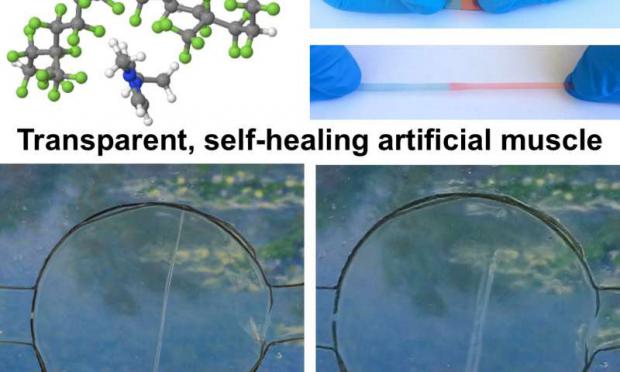
Breaking News
 Is Peter Thiel the NEW Jeffrey Epstein?! Discover His Links and Similarities to Epstein
Is Peter Thiel the NEW Jeffrey Epstein?! Discover His Links and Similarities to Epstein
 The Tip of the Iceberg: Israel. The Historical Role of The Rothschilds
The Tip of the Iceberg: Israel. The Historical Role of The Rothschilds
Top Tech News
 The Wearables Trap: How the Government Plans to Monitor, Score, and Control You
The Wearables Trap: How the Government Plans to Monitor, Score, and Control You
 The Streetwing: a flying car for true adventure seekers
The Streetwing: a flying car for true adventure seekers
Magic mushrooms may hold the secret to longevity: Psilocybin extends lifespan by 57%...
 Unitree G1 vs Boston Dynamics Atlas vs Optimus Gen 2 Robot– Who Wins?
Unitree G1 vs Boston Dynamics Atlas vs Optimus Gen 2 Robot– Who Wins?
 LFP Battery Fire Safety: What You NEED to Know
LFP Battery Fire Safety: What You NEED to Know
 Final Summer Solar Panel Test: Bifacial Optimization. Save Money w/ These Results!
Final Summer Solar Panel Test: Bifacial Optimization. Save Money w/ These Results!
 MEDICAL MIRACLE IN JAPAN: Paralyzed Man Stands Again After Revolutionary Stem Cell Treatment!
MEDICAL MIRACLE IN JAPAN: Paralyzed Man Stands Again After Revolutionary Stem Cell Treatment!
 Insulator Becomes Conducting Semiconductor And Could Make Superelastic Silicone Solar Panels
Insulator Becomes Conducting Semiconductor And Could Make Superelastic Silicone Solar Panels
 Slate Truck's Under $20,000 Price Tag Just Became A Political Casualty
Slate Truck's Under $20,000 Price Tag Just Became A Political Casualty
 Wisdom Teeth Contain Unique Stem Cell That Can Form Cartilage, Neurons, and Heart Tissue
Wisdom Teeth Contain Unique Stem Cell That Can Form Cartilage, Neurons, and Heart Tissue
A wolverine inspired material...

Scientists, including several from the University of California, Riverside, have developed a transparent, self-healing, highly stretchable conductive material that can be electrically activated to power artificial muscles and could be used to improve batteries, electronic devices, and robots.
The findings, which were published today in the journal Advanced Material, represent the first time scientists have created an ionic conductor, meaning materials that ions can flow through, that is transparent, mechanically stretchable, and self-healing.
The material has potential applications in a wide range of fields. It could give robots the ability to self-heal after mechanical failure; extend the lifetime of lithium ion batteries used in electronics and electric cars; and improve biosensors used in the medical field and environmental monitoring.
"Creating a material with all these properties has been a puzzle for years," said Chao Wang, an adjunct assistant professor of chemistry who is one of the authors of the paper. "We did that and now are just beginning to explore the applications."

 The Stripper Index
The Stripper Index
 The Insurance Cost Crucible
The Insurance Cost Crucible

